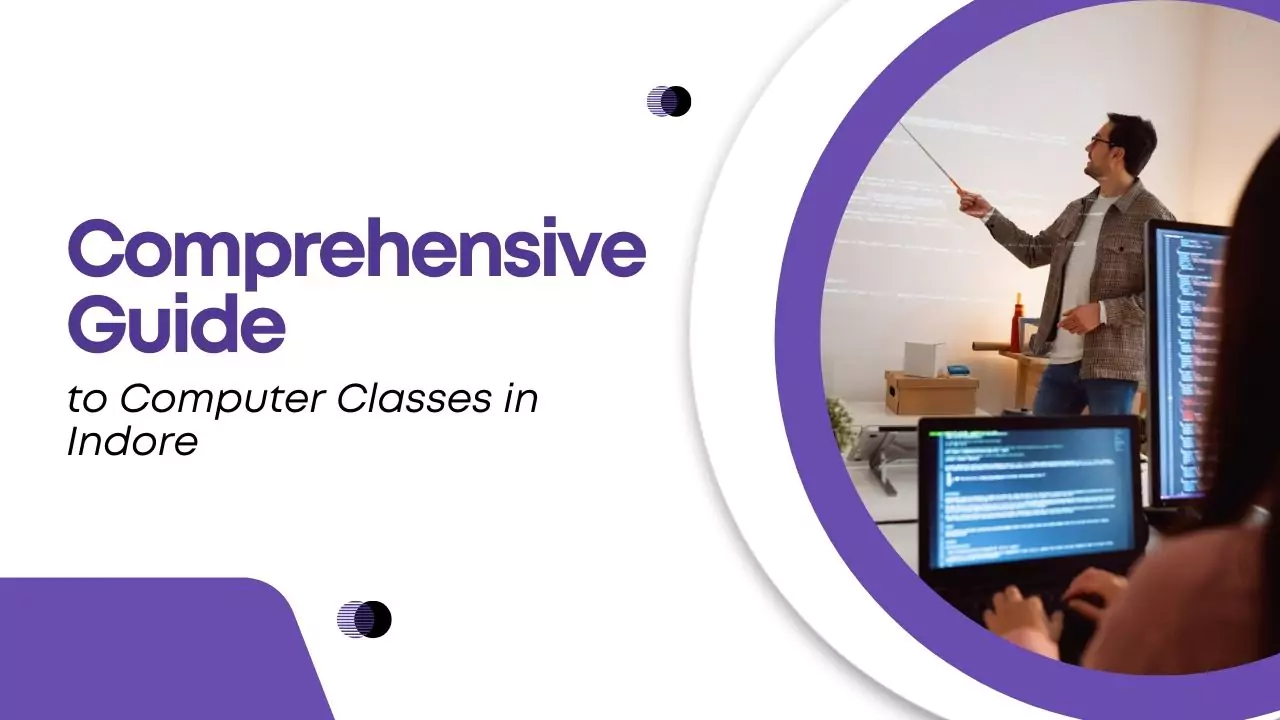Full Stack Python development is a highly sought-after skill, combining expertise in both front-end and back-end technologies to create comprehensive web applications. Python, with its versatility and simplicity, is a popular choice for developers looking to dive into full stack development. This guide will help you understand the roadmap, tools, and best practices for becoming a successful Full Stack Python developer.
Why Choose Python for Full Stack Development?
Python’s popularity as a full stack development language has skyrocketed due to its readability, vast community support, and powerful frameworks like Django and Flask. Python is widely used in enterprise solutions, startups, and everything in between. Whether you’re building small-scale websites or large-scale applications, Python’s ease of integration with databases, front-end frameworks, and server-side components makes it a perfect candidate for full stack development.
Some of the key benefits include:
- Versatility: Python works well for both front-end and back-end development.
- Extensive Libraries and Frameworks: Django and Flask are among the top frameworks used in web development.
- Scalability: It can handle everything from small applications to enterprise-level projects.

Full Stack Python Developer Roadmap
To become a Full Stack Python developer, you’ll need to master a variety of tools and technologies. Here’s a step-by-step roadmap to guide you through:
1. Front-End Skills
- HTML/CSS: Understanding the basics of structuring and styling web pages is essential.
- JavaScript: Learn JavaScript and popular frameworks like React or Vue.js to enhance the user interface.
- Responsive Design: Be proficient in designing web pages that work across all devices using frameworks like Bootstrap.
2. Back-End Skills
- Python: Master Python, as it will be the backbone of your full stack development.
- Web Frameworks: Learn Django and Flask for back-end development.
- Database Management: Understand relational (SQL) and NoSQL databases like PostgreSQL and MongoDB.
3. APIs and Version Control
- RESTful APIs: Learn how to build and integrate APIs using Django REST Framework.
- Git: Get comfortable with version control using Git and GitHub for collaborative projects.
Popular Python Frameworks for Full Stack Development
Choosing the right framework can make or break your full stack project. Here’s a breakdown of the most popular frameworks used for Python development:
1. Django
Django is a high-level Python web framework that allows rapid development and encourages clean, pragmatic design. It’s great for building robust, scalable applications quickly.
2. Flask
Flask is a lightweight web framework that offers greater flexibility. It’s perfect for developers who want more control over their application and prefer a “barebones” approach.
3. FastAPI
FastAPI is an up-and-coming framework that’s gaining traction due to its speed and async capabilities, making it ideal for modern web applications that require fast performance and asynchronous handling.

Tools and Libraries for Full Stack Python Development
Using the right tools is essential for efficient development. Here are some must-have tools and libraries for any full stack Python developer:
1. Version Control
- Git: Track changes in your code, collaborate with other developers, and manage project versions.
2. Databases
- PostgreSQL: A popular choice for relational databases.
- MongoDB: A NoSQL database ideal for handling large volumes of unstructured data.
3. Testing and Debugging Tools
- PyTest: An excellent tool for unit testing.
- Postman: Use this tool to test your APIs.
4. Deployment Tools
- Docker: Containerization tool to deploy applications across various environments.
- Heroku and AWS: Popular platforms for deploying Python applications with ease.
How to Deploy and Host Python Web Applications
Once you’ve developed your Python web application, the next step is deployment. Here’s a quick guide on how to deploy Python web apps:
1. Select a Hosting Platform
- AWS: Amazon Web Services offers flexible cloud hosting for Python apps.
- Heroku: A cloud platform that supports Django and Flask applications and allows easy deployment.
- DigitalOcean: Ideal for smaller applications and fast deployments.
2. Set Up a Web Server
Use Nginx or Apache to serve your Python web application and handle incoming traffic. You’ll also need to use Gunicorn or uWSGI to act as an application server.
3. Database Configuration
Ensure that your chosen database (PostgreSQL or MongoDB) is properly configured and secured. Regular backups and scalability should also be considered.

Best Practices for Full Stack Python Development
To ensure your web applications are secure, scalable, and maintainable, follow these best practices:
- Code Readability: Follow Python’s PEP 8 standards to write clean and readable code.
- Security: Protect your web application against common vulnerabilities such as SQL injection and cross-site scripting (XSS).
- Testing: Always write unit and integration tests to catch bugs early.
- Documentation: Properly document your code and APIs to make future development easier.
- Optimization: Use tools like Redis for caching to improve application performance.
Conclusion
Full Stack Python development offers the opportunity to build dynamic, responsive web applications. By mastering both front-end and back-end skills, you’ll be able to develop robust applications that cater to user needs. With frameworks like Django and Flask, Python makes full stack development an accessible and rewarding career path. Ready to get started? Explore our courses on full stack development at Futuristic Coding Academy and take the first step toward becoming a Python full stack developer.
FAQs
1. What is Full Stack Python development?
Full Stack Python development refers to the use of Python for both the front-end and back-end of a web application. It includes working with Python frameworks like Django and Flask for back-end logic, and front-end technologies such as HTML, CSS, and JavaScript.
2. Is Python good for full stack development?
Yes, Python is excellent for full stack development due to its simplicity, readability, and large ecosystem of libraries and frameworks. Popular frameworks like Django and Flask make it easier to manage the back-end, while integration with front-end technologies is seamless.
3. What skills do you need to become a Full Stack Python developer?
To become a Full Stack Python developer, you need to know:
- Front-end technologies (HTML, CSS, JavaScript)
- Back-end frameworks (Django, Flask)
- Database management (SQL, NoSQL)
- Version control (Git)
- Deployment techniques using cloud services like AWS or Heroku.
4. Which is better for Full Stack Python: Django or Flask?
Django is better for larger, more complex projects due to its built-in features and scalability. Flask, on the other hand, is lightweight and provides more flexibility, making it ideal for smaller projects or when you need more control over the application structure.
5. What tools are used for Full Stack Python development?
Common tools used in Full Stack Python development include:
- Django or Flask for web development
- PostgreSQL or MongoDB for databases
- Git for version control
- Docker for containerization
- Heroku or AWS for deployment.
6. How long does it take to become a Full Stack Python developer?
The time it takes to become a Full Stack Python developer depends on prior experience. If you’re new to programming, it can take anywhere from 6 months to a year with consistent learning. For those with prior experience, you can master Full Stack Python in a few months.






